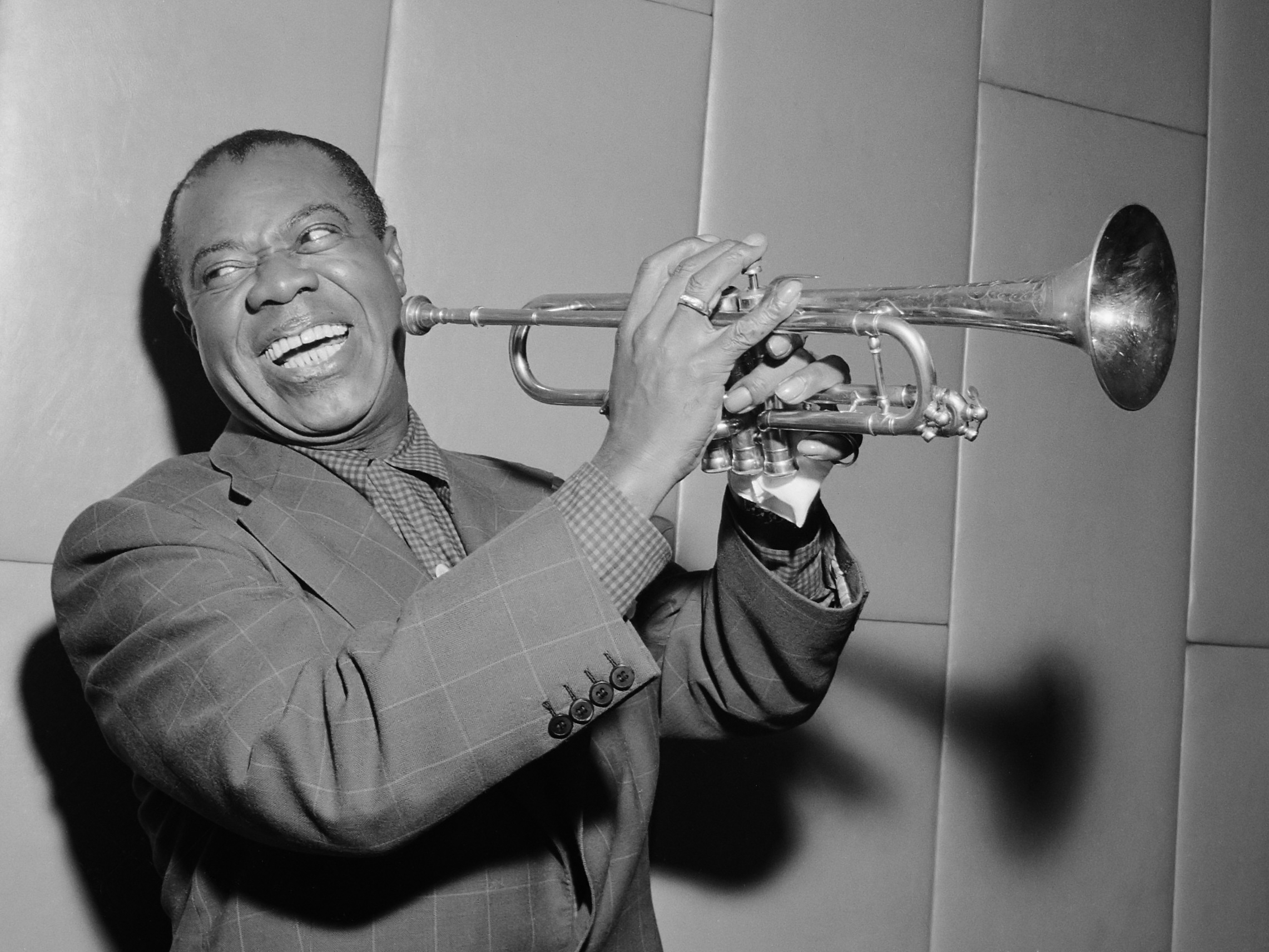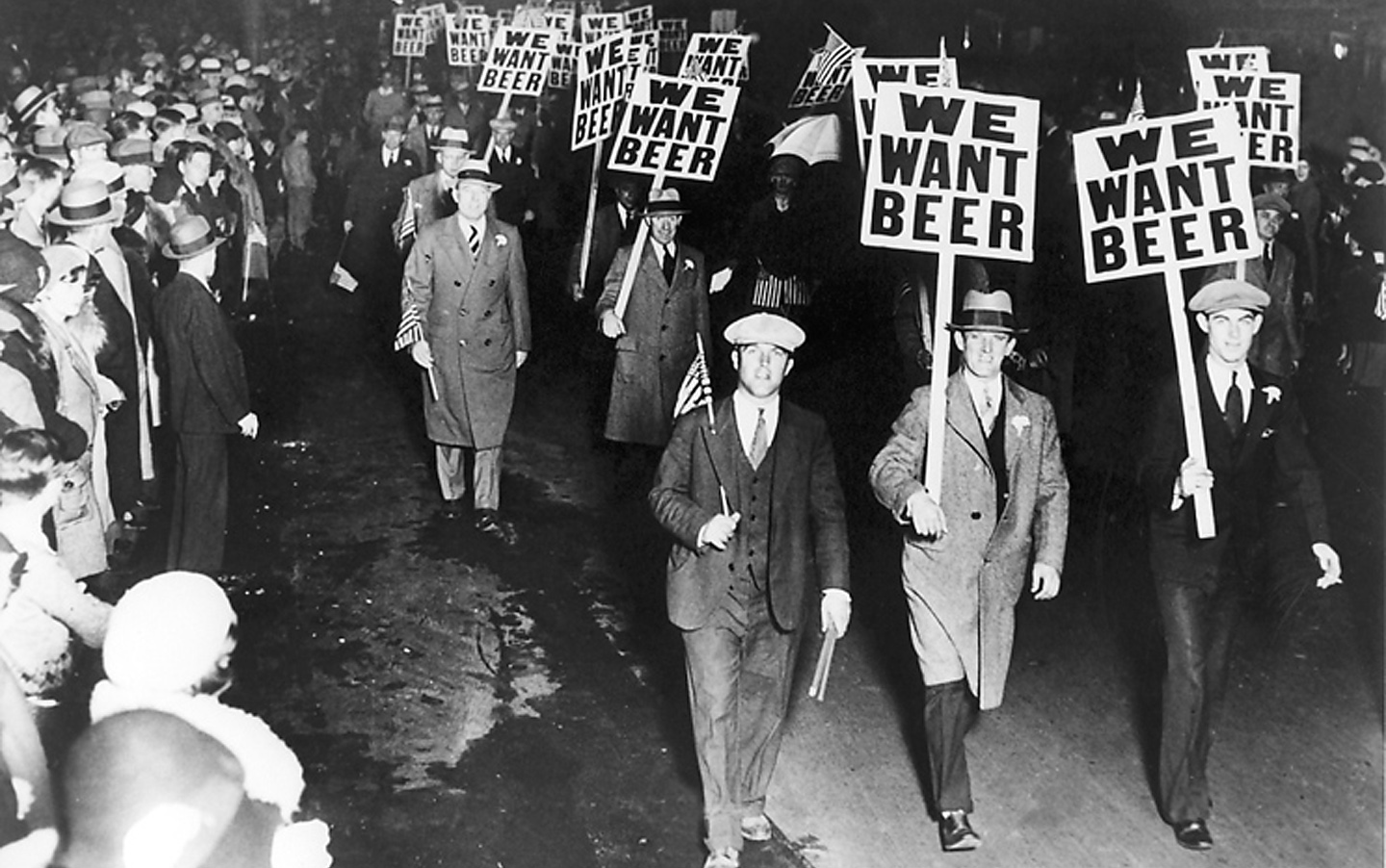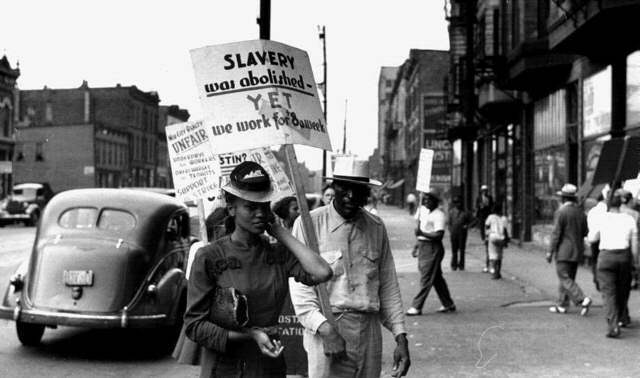The Roaring Twenties paved the way for social and political changes. We all remember the era as being a decade full of partying and “loose morals.” However, the twenties were so much more than just a generation that partied. During the 20’s Americans saw the development of mass production. New inventions like the car and dishwasher were introduced into the world. Even small changes like the women’s hairstyles helped inspire an entire generation of new women.
Today let’s take another close look at the Roaring Twenties.
A New Age
“The parties were bigger, the pace was faster, the buildings were higher, the morals looser.” – F. Scott Fitzgerald

Photo: Wikipedia
We couldn’t discuss the Roaring Twenties without discussing the Jazz Age. The two terms go hand in hand. The Charleston, the black bottom, the flea hop were all dances to emerge from the roaring twenties. Americans wanted to dance. Cars may have given the population a degree of freedom, but dancing took this freedom to a new level. Jazz bands began playing in music halls across the country. Radio stations began to play jazz hits in order to gain more listeners. Jazz music essentially over the entire country. Musicians like Louis Armstrong and Duke Ellington became household names. Records were being recorded and most important, records were being bought. Older generations despised that people loved to dance. They considered dancing to be vulgar and lacking morals. Dancing is just one of the many ways that the younger generations stood out. Dancing not only gave them freedom, it helped define them for the “free” spirits that they were.
Prohibition Attempts to Take Away Their Fun

Photo: Letters of Note
There were many freedoms that began to emerge during the 1920’s, but that doesn’t mean that rights weren’t taken away. In 1919, the 18th Amendment banned the sale and manufacturing of liquor. On January 16th, 1920 at 12 AM every single bar, saloon, and tavern in the U.S. was closed. Anything over the 0.5% alcohol limit was considered an “intoxication beverage,” and was deemed illegal. This law forced many Americans to begin stocking up on their alcohol. However, the distribution of alcohol didn’t actually stop. Bootleggers and racketeers began to thrive during this time period. Speakeasies started to pop up all over the country for people who were willing to take the risk.
Organized crime groups realized a niche market that they took advantage of. Gangster’s like Al Capone took control of the Chicago bootlegging business. Providing bootlegged alcohol to the masses for a high price. A good portion of the white middle class saw this law as a great way to control immigrants. They believed that their cities were becoming overcrowded with “drunken immigrants.” Many Americans believed drinking to be the biggest problem with modern cities. In order to control the masses, they believed that banning the distribution and sale of all alcohol would help control these masses.
Despite their high hopes, law enforcement had a hard time controlling and enforcing the law. Prohibition was enforced well in rural small towns, however, authorities had a hard time controlling it in urban cities. The masses continued to find new and innovative ways to distribute and consume alcohol. As the demand for bootlegged alcohol grew, so did the price. This price change didn’t effect the middle and upper classes as much as it did the working class Americas. Most working class citizens couldn’t afford to pay for this restricted vice. The days of Prohibition were finally beginning to wind down by the end of the 1920’s. By 1932, officials realized that making alcohol legal again would create jobs. By 1933, Congress adopted the 21st Amendment that would in turn repeal the 18th Amendment.
The War at Home

Photo: Glogster
As we’ve mentioned, jazz music became extremely popular during the 1920’s. African American’s began to move away from the southern states and into the cities. Luckily, they brought their culture along with them. Jazz and blues music are products of this generation of African American citizens. Unfortunately, many Americans still struggled to come to terms with their racism. Hate groups began to form all over the United States, and millions of people began to join. At the time, these Americans believed that their hate groups represented all of the morals from the past that they’d like to bring back.
Discrimination didn’t just end with the African Americans. Many groups of people during this time were also being discriminated against. Americans were also threatened by immigrants due to the “Red Scare” in 1919. Immigration laws began to become restrictive and certain immigrants were even excluded.
Conclusion
Although, the Roaring Twenties seem like an ideal time, they weren’t. Every generation has it’s difficulties. However, the twenties did bring change for many Americans. Whether it was political change or social change, people started to pay attention to the world around them. The younger generations began to pave the way for a more liberal society. Views were challenged and many people began to change their tune.

